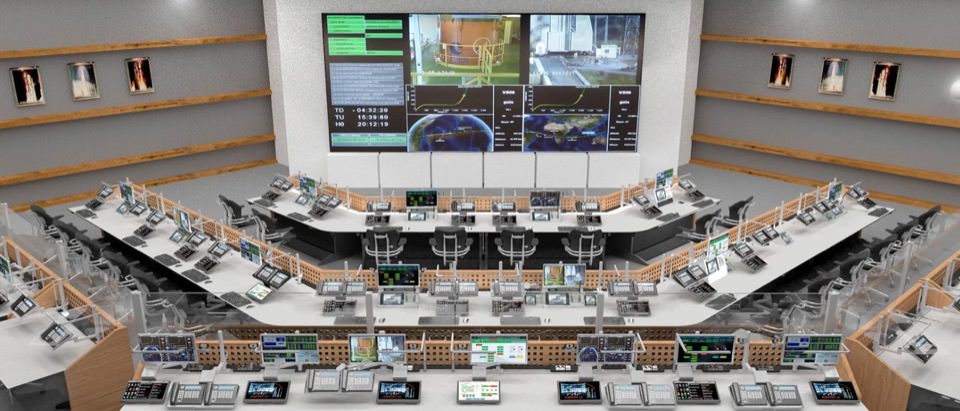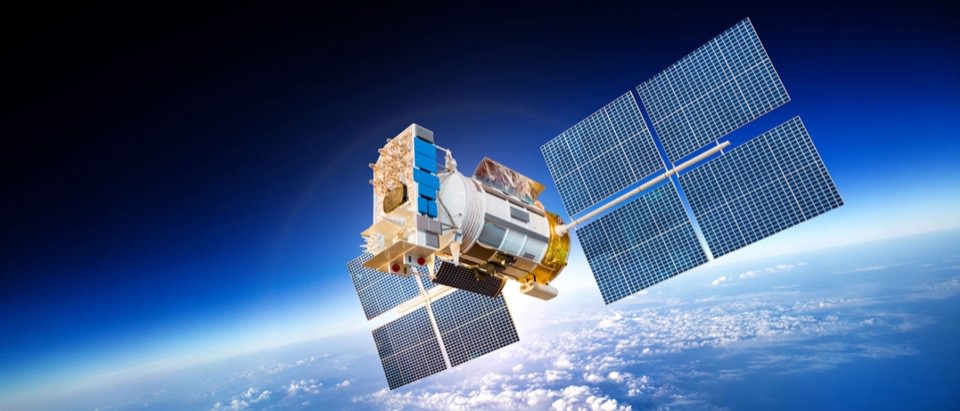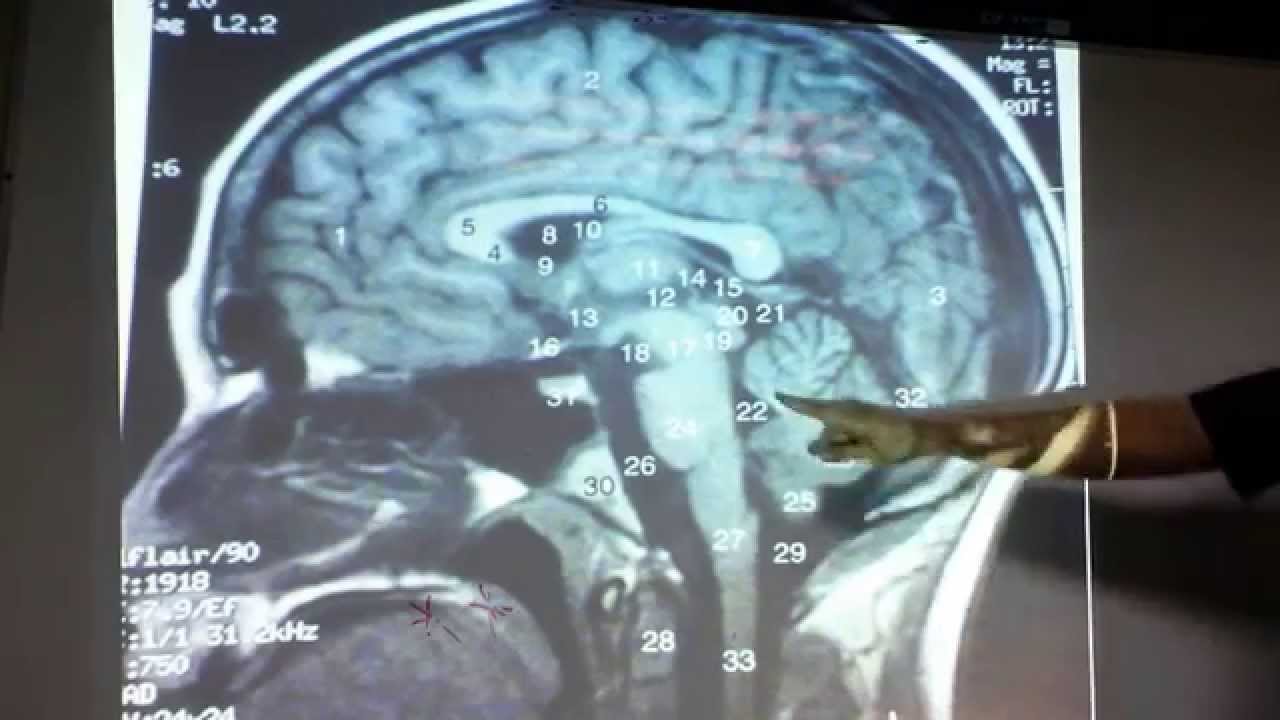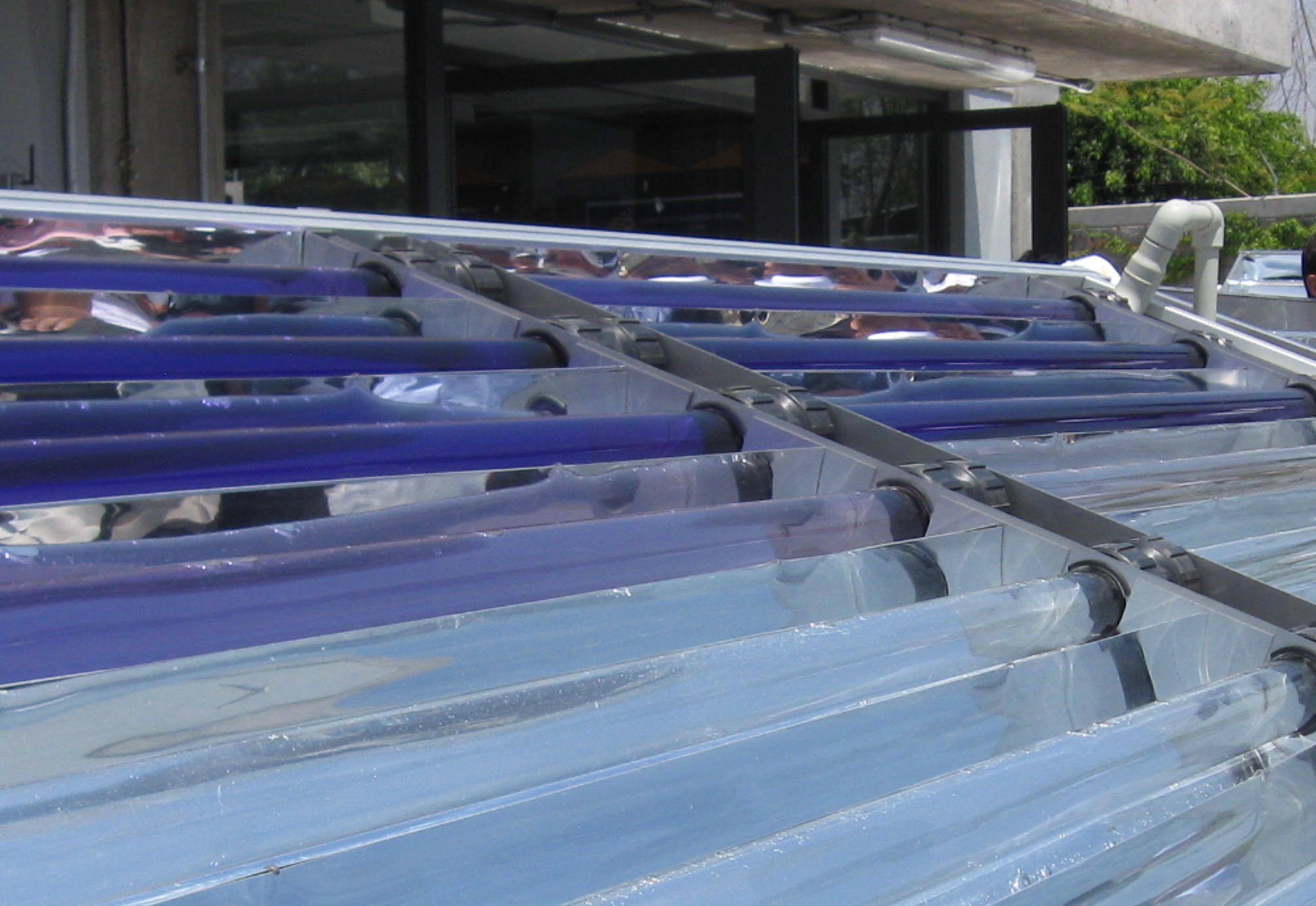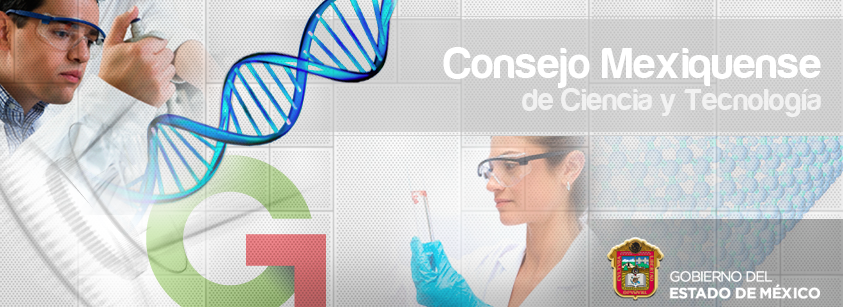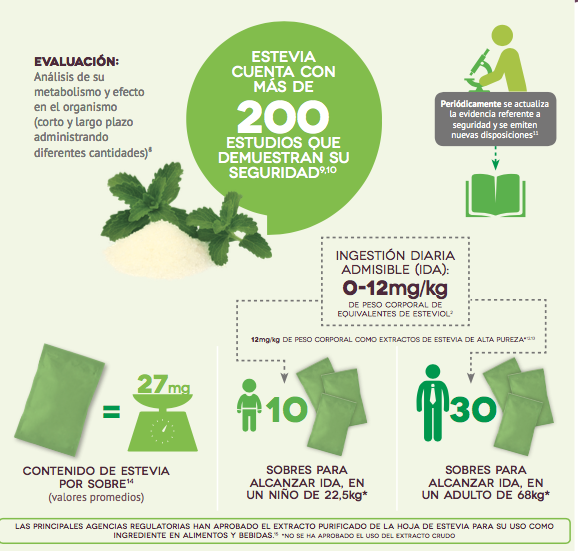Fuente: KILIAN SKOOGH, Carbosystem, www.carbosystem.com, GTD: System & Software engineering, Ca l’Alegre de Dalt 55, Barcelona, España, [email protected]
Nothing, in astronautical engineering field, should not be improvised. Each design must be tested in thousands of different circumstances to demonstrate their reliability both in terms of functionality of the various board as far as testing infrastructure concerns systems.
You need to specify, develop, manufacture and support aircraft systems and create software that can be shipped and integrated to an automatic testing and maintenance equipment.
GTD: Systems & Software Engineering
Any company which works with aviation safety systems must have a solid knowledge of guiding technologies for high dynamic aircraft based on the use of sensors and last generation electronic components. These systems consist on a kit guiding able to be adapted to different platforms and different applications with just tinkering the integrated software.
The launching techniques require rigorous internal controls of vehicle systems governed by a countdown and detailed control of the weather. Once the account phase begins, the rocket’s ignition system is started up. The aircraft rises gradually accelerating generating tensions, noise and movement that test ship materials; but this is reduced once reached the upper layers of the atmosphere.
The space communications, both between aircrafts as with the Earth control centre is based on the use of radio waves and somewhat less in optical and lighting means. But the message exchanges are still slow, so this has led to use of computer and robotic systems to supply these delays. This allows, among other things, identify and avoid severe weather, create a visual separation from other aircrafts and avoid possible collisions.
Weather services are critical for the planning, execution and safety of the flight procedure. While the remote pilot is not on board the aircraft is unable to detect atmospheric conditions in real time, information that is absolutely necessary for the operation. In this sense, one of the last technological innovations related with the weather data and forescast is eWAS. Despite of that now it’s just available for commercial flights, in a short term could become an interesting application for the astronautical field. More technical information about it in their website: http://www.ewas.aero/
GTD Company offers all kind of software and critical systems solutions for the aeronautical and astronautical sector. These solutions include from the development and integration of customized critical systems to comprehensive solutions to prevent any impact on the operation.
For the Earth segment
1) Design and development of comprehensive and tailor made protocols for command centres and control such as launch ramps, satellite launch, automation security perimeter and process control 2) Centres and applications for the observation and exploitation of data 3) Tracking systems to measure and control the launcher 4) Automatization of real-time critical systems.
For the On-board segment
1) Software for space transportation vehicles and launchers 2) Avionic Systems for launchers 3) Software to validate and verify reviews of space applications 4) Development and validation of software for satellite platforms, position control systems and other space instruments 5) Development and validation of artificial intelligence software systems for space vehicles.
Despite the care with which are manufactured and equipped the rockets and aircrafts (taking into account that a rocket’s fabrication can reach between 50 and 200 million depending on its power) and the success of many operations, there have been some failed cases.
A SpaceX Falcon 9 rocket exploded in the Cape Canaveral launch zone on last September 1st because, apparently, they didn’t achieve that the rocket touched down on a floating platform strategically placed on the sea.
Another explosion took place in India. A rocket carrying a satellite was launched from the Sriharikota space centre in the state of Andhra Pradesh. Rocket’s explosion occurred moments after being launched.
And in Russia, a Protom-M rocket fell to the ground one minute after takeoff with a cargo of three space navigation satellites Glonass. It had been launched from the Baikonur Cosmodrome in Kazakhstan.
The president of the Commercial Spaceflight Federation, Eric Stallmer, took his children to Florida to watch the launch of SpaceX. It was the second time he took them aircraft takeoff, but this time it ended in failure. However, Stellmer tried them to look on the bright side: “These things happen when you’re close to the edge of the space flight limits” he said. “But there are more good days than bad.” Till the date, the Falcon 9 has made 18 successful flights including six impeccable deliveries of cargo to the ISS.
In conclusion, due to the complexity, in the launching procedures of aircrafts and spaceships is totally necessary to evaluate all the range of becomings to avoid, as well as possible, any unexpected issue that could cost, in few minutes, hundreds of millions and long months of hard working.
Sources:
http://noticias.lainformacion.com/tecnologia/SpaceX-ElonMust-Canaveral-Falcon9_0_949705949.html

